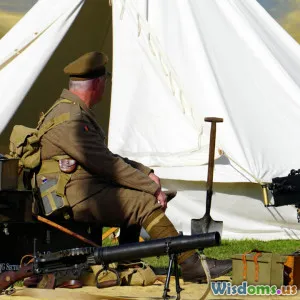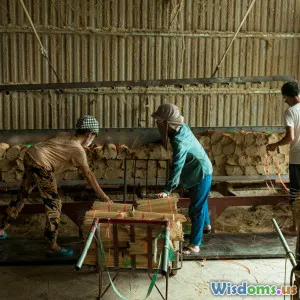
Did Workhouses Really Help the Poor or Make Things Worse
32 min read An evidence-based look at whether Victorian workhouses alleviated poverty or entrenched hardship, tracing outcomes, abuses, and reforms to assess their legacy and policy lessons. (0 Reviews)
The iron gate clanged shut behind her, and with it, the last thread of independence. For a widow with two children in the 1840s, the workhouse was both sanctuary and sentence: a roof, a ration, and a regime. The question that haunted her—did the system help or harm?—still shadows public debates over welfare today. Workhouses were meant to rescue the destitute and rationalize charity; they also institutionalized stigma, fragmented families, and sometimes turned hunger into policy. To judge them fairly, we have to sift promises from practices, and numbers from lives.
What Workhouses Were—and Why They Spread
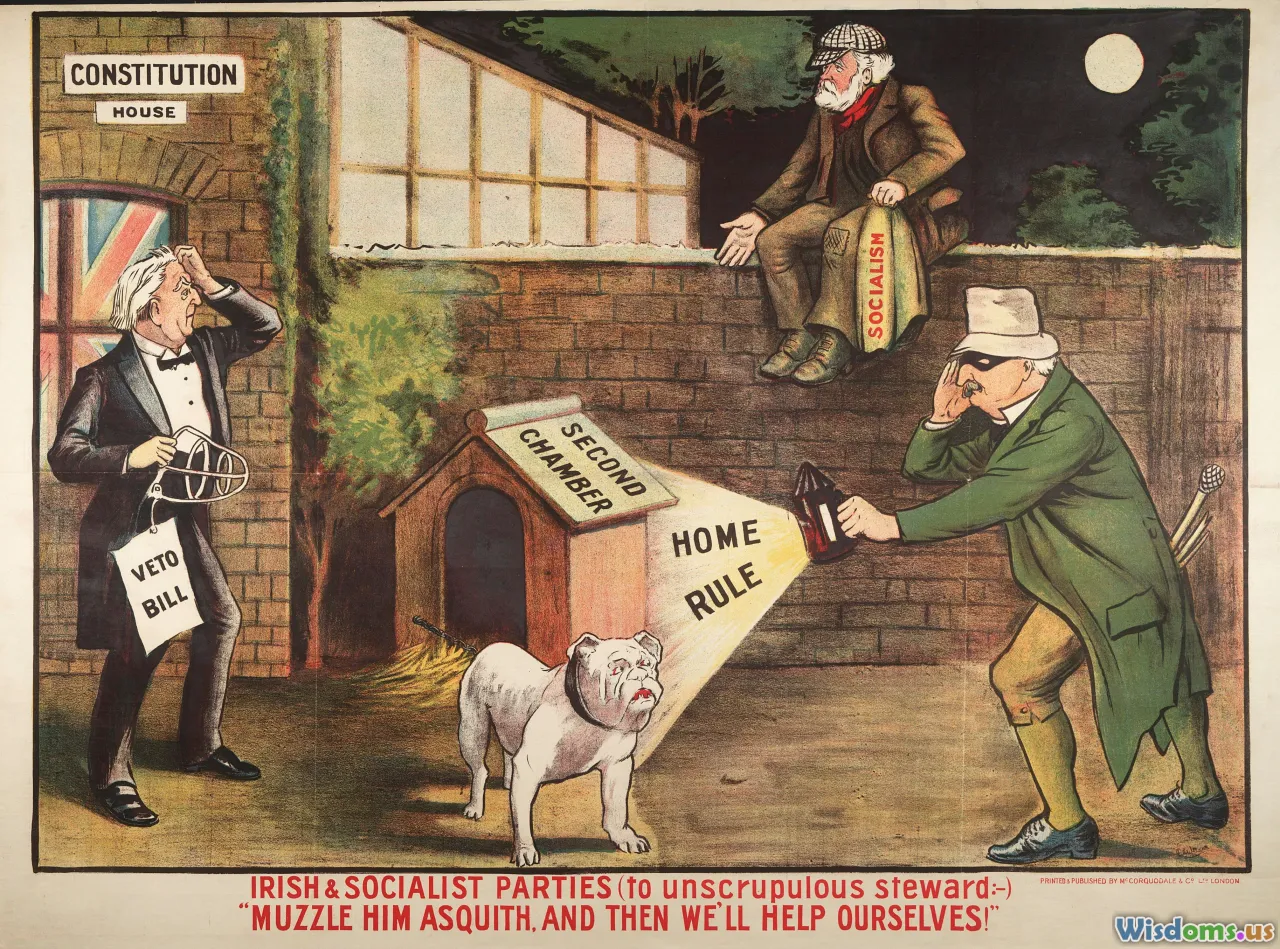
Workhouses were state-backed institutions that provided “indoor relief” to the poor in return for labor and strict discipline. Earlier English poor relief, shaped by the Elizabethan Poor Law of 1601, revolved around parish-level support—small cash or in-kind assistance known as “outdoor relief.” By the early nineteenth century, however, a patchwork of local rules and the controversial “Speenhamland” wage supplements (begun in 1795) were blamed for rising costs and, in the eyes of reformers, moral decay.
Enter the Poor Law Amendment Act of 1834. Its designers, influenced by utilitarian thinkers, reorganized parishes into Poor Law Unions—over six hundred of them across England and Wales—each charged with maintaining a workhouse. A central Poor Law Commission standardized rules. The lodestar was the “less eligibility” principle: life in the workhouse should be materially worse than that of the lowest-paid laborer, lest assistance become attractive. To receive help in many districts, one had to enter the workhouse. Family members were typically separated to deter what policymakers called “pauperism by choice.”
Boards of Guardians—local notables elected by ratepayers—set daily policy, while workhouse masters and matrons ran operations. The new system promised order, uniformity, and discipline. In theory, it would sift the “deserving” (the elderly, disabled, orphaned) from the “idle” and help the former while reforming the latter. In practice, the boundaries proved far blurrier, and the attempt to police poverty through deterrence collided with economic realities far beyond the workhouse walls.
The Promise: Order, Efficiency, and a Safety Net at Scale

Reformers championed workhouses for three main reasons.
- Fiscal control: Poor rates, levied on property, had surged during the Napoleonic Wars and remained a political sore. Centralized workhouses offered predictable costs and a way to tamp down outdoor relief, which varied wildly by parish.
- Moral reform: The new model sought to draw a line between misfortune and dependency. Discipline, regular work, and religious instruction would supposedly “improve” character.
- Administrative clarity: Standard rules—uniform diets, work assignments, and record-keeping—promised fairness across regions and protection against favoritism or parish-level patronage.
Many contemporaries believed this machinery would create a fairer, more rational welfare system. A mother without family, a disabled veteran, or an orphaned child would have guaranteed shelter and food, inspected by the state rather than contingent on the kindness of a landlord or the stability of a harvest. And while critics loathed family separation, reformers argued it prevented workhouses from turning into subsidized lodging houses.
In some regions, particularly in parts of southern England where outdoor relief had been generous, costs did fall after 1834. Guardians could point to tidy ledgers, regulated routines, and absence of parish favoritism as signs of success. But tidy ledgers do not, on their own, mean a policy fulfills its social purpose. The hard question was whether those metrics captured the human and economic effects the system exerted beyond the workhouse gate.
The Reality Inside: Daily Life, Labor, and Discipline
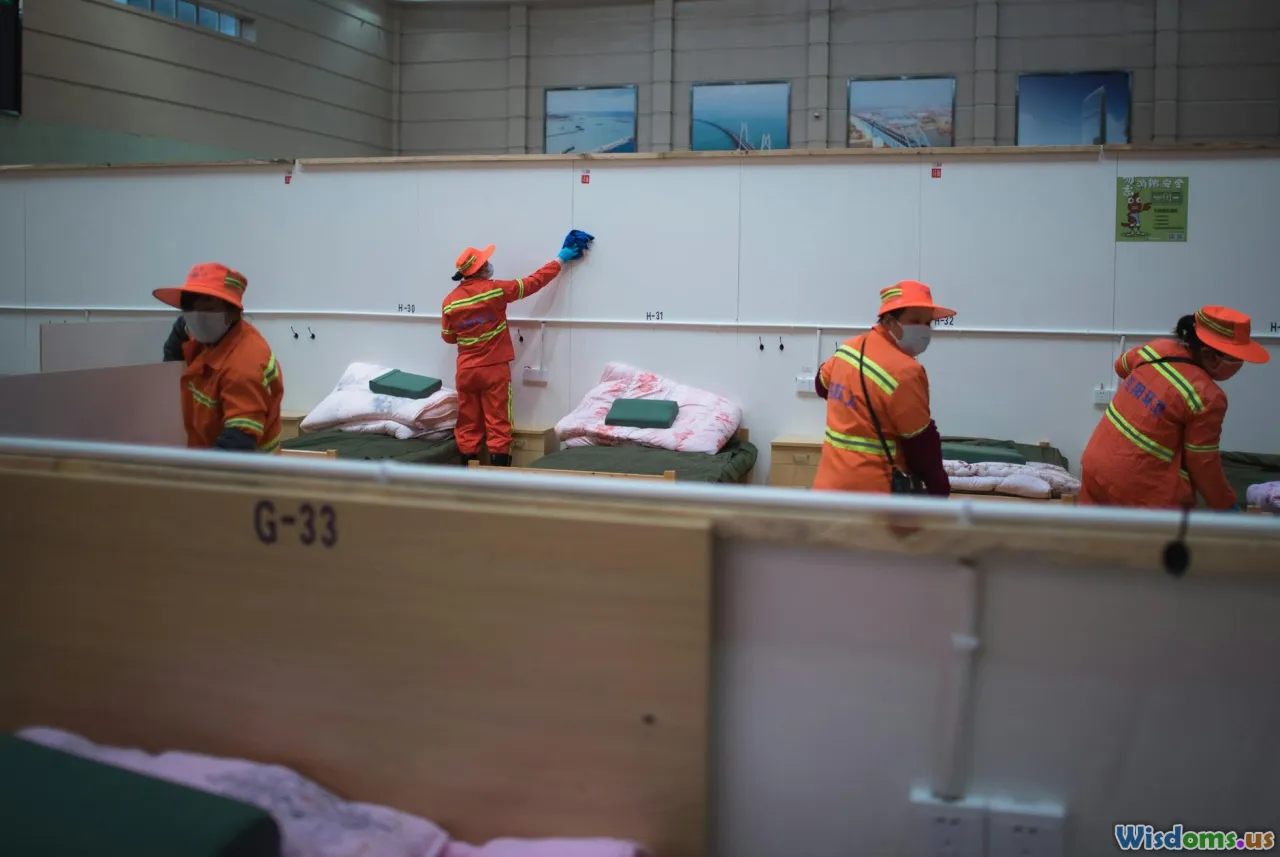
The workhouse routine was engineered to be monotonous. Wake at dawn, prayers, a simple breakfast—often bread and “skilly,” a thin gruel—then hours of labor, a midday meal, more work, evening prayers, lights out. Uniforms, shaved or closely cropped hair for men, and institutional dining and dormitories reinforced the message: the workhouse was not a home.
Work varied by age and ability. Men broke stones, chopped wood, or labored in the yard. Women sewed, laundered, and scrubbed. A ubiquitous task was “oakum picking”: unpicking tarred ropes into usable fibers until fingertips split and tar seeped into nail beds. Children were supposed to receive basic schooling and light tasks, though standards depended on the guardians’ priorities and budgets.
Family separation was a defining cruelty as well as a deterrent tactic. Husbands and wives were housed apart. Mothers could see their children only at specified times. The idea was to prevent the workhouse from becoming a subsidized household. The effect was to turn the last refuge into a machine for loneliness. Even in institutions that were not overtly abusive, the structure itself inflicted harm: loss of autonomy, enforced silence, and the stigma of “going on the parish.”
Punishments ranged from reduced rations to solitary confinement for infractions like speaking out of turn or refusing work. Diet scandals were recurrent—moldy bread, watered milk, rancid meat—especially where guardians squeezed costs or the master skimmed supplies. Oversight was uneven. Some Unions invested in decent kitchens and infirmaries; others deferred maintenance while demanding ever more labor from the weakest residents.
Who Actually Entered—and Why?

Despite political rhetoric about idlers, the typical workhouse inmate was not a sturdy rogue gaming the system. The demographic profile skewed toward the fragile margins of the labor market:
- The elderly, especially widowed men and women without family support or savings.
- Single mothers and their children, including women deserted by partners or those whose domestic work dried up in downturns.
- Orphaned and abandoned children. Some found paths to apprenticeships; others suffered institutionalization.
- People with chronic illness, disability, or mental health conditions, often relegated to ill-equipped wards.
- Casual laborers during slumps—dockers, agricultural workers, and artisans displaced by seasonal or cyclical downturns.
Migration and the “law of settlement” complicated everything. Parishes often tried to “remove” newcomers without legal settlement rights to their place of origin. This deterred mobility and, in effect, punished people for seeking work. Some laws were softened mid-century, but the incentive to shift costs remained. Irish migrants after the late 1840s famine faced particular hostility and were overrepresented in overcrowded, disease-prone wards in port cities.
The workhouse thus became a catchment for the consequences of economic transition: industrialization, enclosure, mechanization, and urbanization. Where factories and docks shed workers, or crops failed, intake surged. Where wages rose and opportunities widened, the workhouse emptied. Its population may tell us less about personal failings than about the volatility of employment and the absence of social insurance in an era before pensions, unemployment benefits, or universal healthcare.
Case Studies: When the System Plainly Failed
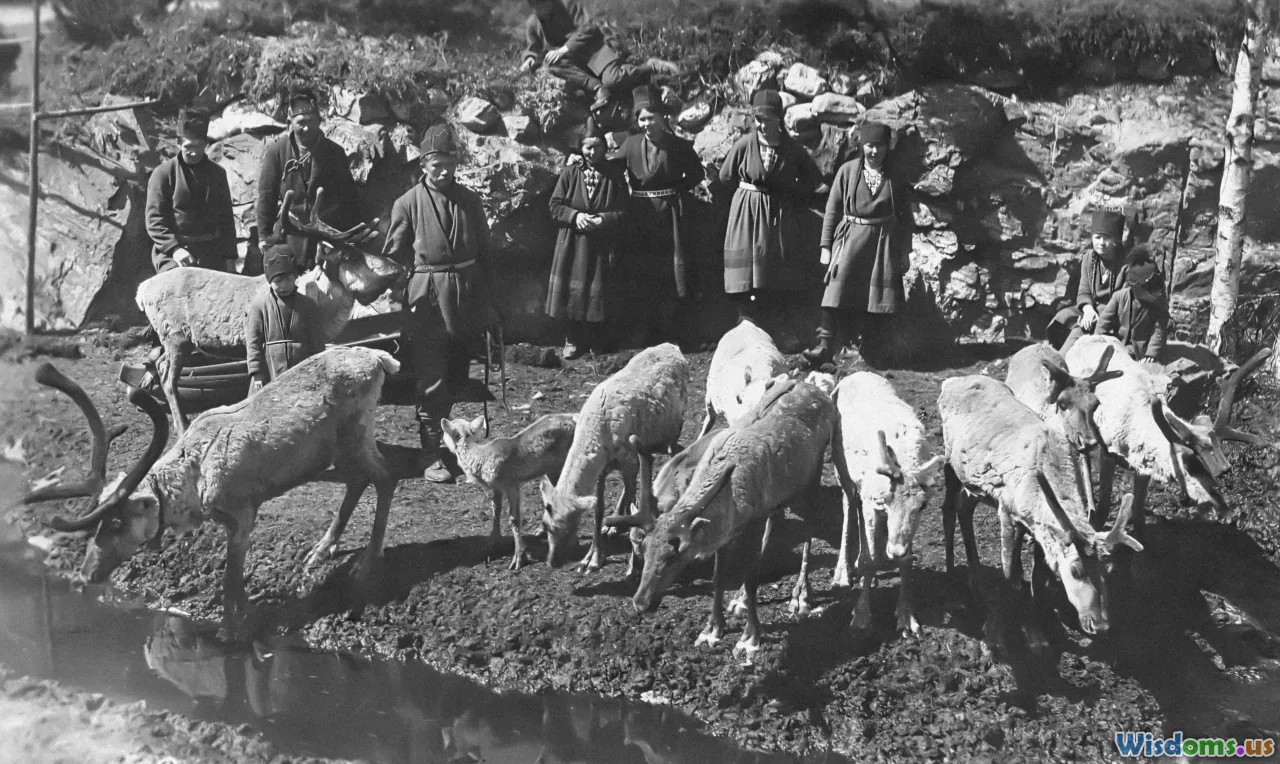
Even by its own stern logic, the workhouse system could collapse into cruelty.
-
The Andover scandal (1845–46): In the Hampshire market town of Andover, workhouse inmates assigned to crush animal bones for fertilizer were found gnawing marrow from the rotting fragments out of hunger. Investigations exposed pervasive abuse by the master, cost-cutting by guardians, and the futility of a regime that starved and humiliated residents. Public outrage helped dismantle the initial Poor Law Commission and led to the creation of a more accountable Poor Law Board.
-
The Irish Famine workhouses (late 1840s): Ireland’s separate Poor Law (enacted in 1838) leaned heavily on workhouses as a last resort. When the potato blight struck, overcrowding, fever, and malnutrition turned many institutions into charnel houses. Admissions overflowed; people waited at gates to die. In some districts, the workhouse system broke under the weight of mass destitution. The tragedy exposed the limits of deterrent-based relief in the face of systemic catastrophe and poor public health infrastructure.
-
Urban outbreaks and neglect: In rapidly growing cities, cholera, typhus, and smallpox surged through cramped wards. Investigative journalism and medical reformers in the 1860s highlighted shocking conditions in some London and provincial infirmaries. Where guardians were penny-pinching or indifferent, residents paid with their health.
These failures were not universal, but they were not isolated either. They revealed structural flaws—perverse incentives to underfeed and underspend, weak oversight, and a moral framework that mistook suffering for accountability.
Ways the Workhouse Helped (Often Unintentionally)

To say the workhouse helped at all may sound perverse, but several positive legacies emerged—often in spite of the original philosophy.
-
Infirmaries that evolved into hospitals: The need to care for chronically ill residents pushed some Unions to build specialized infirmaries. In London and other urban areas, mid-to-late nineteenth-century reforms professionalized nursing and separated medical care from the punitive regime. The Metropolitan Poor Act of 1867, for example, created distinct Poor Law hospitals. Over time, parts of the workhouse medical system became the backbone of public hospitals that fed into twentieth-century health services.
-
Medical officers and vaccination: Poor Law medical officers provided basic care, including smallpox vaccination where local outreach existed. While coverage varied and outcomes were uneven, the presence of salaried medical staff laid groundwork for public health infrastructure.
-
Child welfare reforms: Scandals and advocacy led to improvements in children’s treatment. “Boarding out” (fostering) became more common later in the century, replacing large dormitories for some children. Literacy and basic education within workhouses, however modest, offered a substrate of learning that some children used to secure apprenticeships.
-
Professional oversight: Campaigns by figures such as Dr. Joseph Rogers, along with pressure from civic groups and the medical press, brought inspections, dietary reforms, and recognition that the workhouse could not be one-size-fits-all. Incrementally, the system distinguished between the “workhouse proper” and infirmary care, and began to shift the elderly and the sick into more appropriate settings.
These improvements did not redeem the core deterrent framework. But they show that once a state accepts responsibility for the destitute, even under a harsh regime, reformers can pry open spaces for care and competence.
Ways the Workhouse Harmed—and Made Poverty Worse

The harms were profound and, in some cases, generative of further poverty.
-
Stigma as policy: “Less eligibility” was not just a technical standard—it was a social script. The shame attached to entering the workhouse deterred people from seeking help until crises were advanced, producing worse health and employment outcomes. Communities internalized the idea that poverty was personal failure, eroding solidarity.
-
Family fragmentation: Separating spouses and children undermined resilience. For single mothers, the prospect of losing daily contact with children pressed them toward dangerous trades or violent relationships. For children, institutionalization carried long-term psychological costs and limited attachment formation.
-
Labor market dynamics: If the standard for support is that it must be worse than the lowest wage, low-wage employers face little pressure to raise pay or improve conditions. The logic of deterrence implicitly props up poor-quality employment. In agricultural districts, the threat of the workhouse could make workers accept exploitative seasonal conditions.
-
Health externalities: Underfeeding and overwork did not save costs once disease struck. Illness in crowded wards spilled into communities, and untreated chronic conditions increased future public expense. When workhouses failed, prisons and hospitals absorbed the fallout.
-
Governance failures: Elected Guardians were often wealthier ratepayers with incentives to minimize outlay—meaning people judged and funded by those with a direct interest in spending less on them. Where political competition was weak, abuses persisted.
Seen this way, the workhouse did not merely respond to poverty; it produced forms of it—shaping wages, public opinion, and family structures in ways that compounded hardship.
Did Costs Fall? Counting What Victorians Didn’t

Victorian reformers tracked inputs (pounds spent) and volumes (admissions, meals served) better than outcomes (what happened to people after). A fuller accounting asks different questions:
- Exit trajectories: Did residents leave healthier, employed, and housed—or were they recycled between the workhouse, the street, and the prison?
- Intergenerational effects: Did time in the workhouse improve children’s educational prospects or trap them in low-skilled labor or servitude?
- Public health spillovers: How did concentrated destitution affect infectious disease dynamics and mortality rates in surrounding areas?
- Systemic costs: To what extent did the workhouse regime shift burdens to charities, family networks, or the criminal justice system rather than reduce them overall?
Financially, some regions saw near-term savings when they curtailed outdoor relief. But downturns—trade slumps, harvest failures, epidemics—drove admissions and costs back up. Savings secured by thinning porridge could be wiped out by a cholera outbreak. Over decades, medical and child-welfare reforms increased spending but improved outcomes, complicating simple narratives about “cheapness.”
By the early twentieth century, Britain implicitly recognized that certain populations should never have been in workhouses at all: the elderly (addressed in part by the 1909 Old Age Pensions Act), the sick (moved to infirmaries or hospitals), and children (increasingly fostered or housed in smaller cottages). The Local Government Act of 1929 closed workhouses in name, transferring responsibilities to local authorities; vestiges lingered as “public assistance institutions,” and the final legal remnants of the old Poor Law were swept away after 1945.
Comparing Britain With Ireland, Scotland, and the United States

-
Ireland: The Irish Poor Law of 1838 relied heavily on workhouses without the thicker web of industrial employment that mitigated English destitution in good times. When the potato blight hit, the deterrent model collided with famine. Overcrowding and disease drove mortality to appalling levels. In some districts, the poor refused entry until the last possible moment, preferring outdoor charity despite starvation. The famine period is a stark lesson: deterrence is not a safety net against structural collapse.
-
Scotland: Scotland’s poor relief system retained more room for outdoor relief through kirk (church) and parish-based mechanisms. Workhouses existed, but with less dominance in many districts than in England and Wales. Local discretion could mean either more humane support or harmful parsimony, depending on community norms and resources.
-
United States: American cities built almshouses and poor farms in the nineteenth century with striking parallels to British workhouses: institutional care, labor requirements, and stigma. On New York’s Blackwell’s Island, almshouses shared space with hospitals and prisons, creating a carceral continuum. Reformers like Dorothea Dix pushed for the separation of the mentally ill from almshouses, leading to state asylums—another institutional solution with its own abuses. The U.S. story echoes Britain’s: institutions often became warehouses for the vulnerable until broader social insurance (old-age pensions, unemployment insurance, and later Medicare/Medicaid) reduced reliance on them.
Comparative insight: Whenever poor relief is built primarily as deterrence, institutions swell during crises, and the harms of stigma and aggregation mount. Where cash benefits, public health, and labor protections expand, fewer people end up in institutions—and those institutions can specialize in care rather than punishment.
How to Judge Whether an Institution Helps the Poor

A practical framework for evaluating any poverty institution—historic or modern—focuses less on inputs and more on lived results.
- Define success from the user’s perspective. For a single parent, success might mean stable housing, childcare access, and a path to earnings; for a frail elder, comfort and health. Metrics should differ accordingly.
- Track exit outcomes and durability. Measure not just how many leave but how many remain stable one and two years later without cycling back.
- Measure harm explicitly. Include indicators of family separation, mental health deterioration, and rights violations. If the “medicine” harms most patients, it is not a cure.
- Incorporate dignity and consent. Are services voluntary? Do people have choices about providers, schedules, or modes of assistance? Coercion may produce compliance but rarely fosters capability.
- Align incentives with public goals. If administrators are rewarded for lower immediate costs rather than long-term stability, they will underinvest in prevention.
- Independent inspection and transparent data. Open reporting and unannounced inspections reduce the risk of Andover-style abuse.
- Co-design with people who have lived experience. Policies last—and improve—when those affected help shape them and hold institutions accountable.
Apply this checklist to the workhouse and the verdict is mixed at best. It sheltered and fed, but at the price of dignity and long-term well-being for many. The model conflated thrift with virtue and cost-cutting with success, leaving critical outcomes unmeasured and unmet.
Practical Policy Lessons for Today’s Safety Net
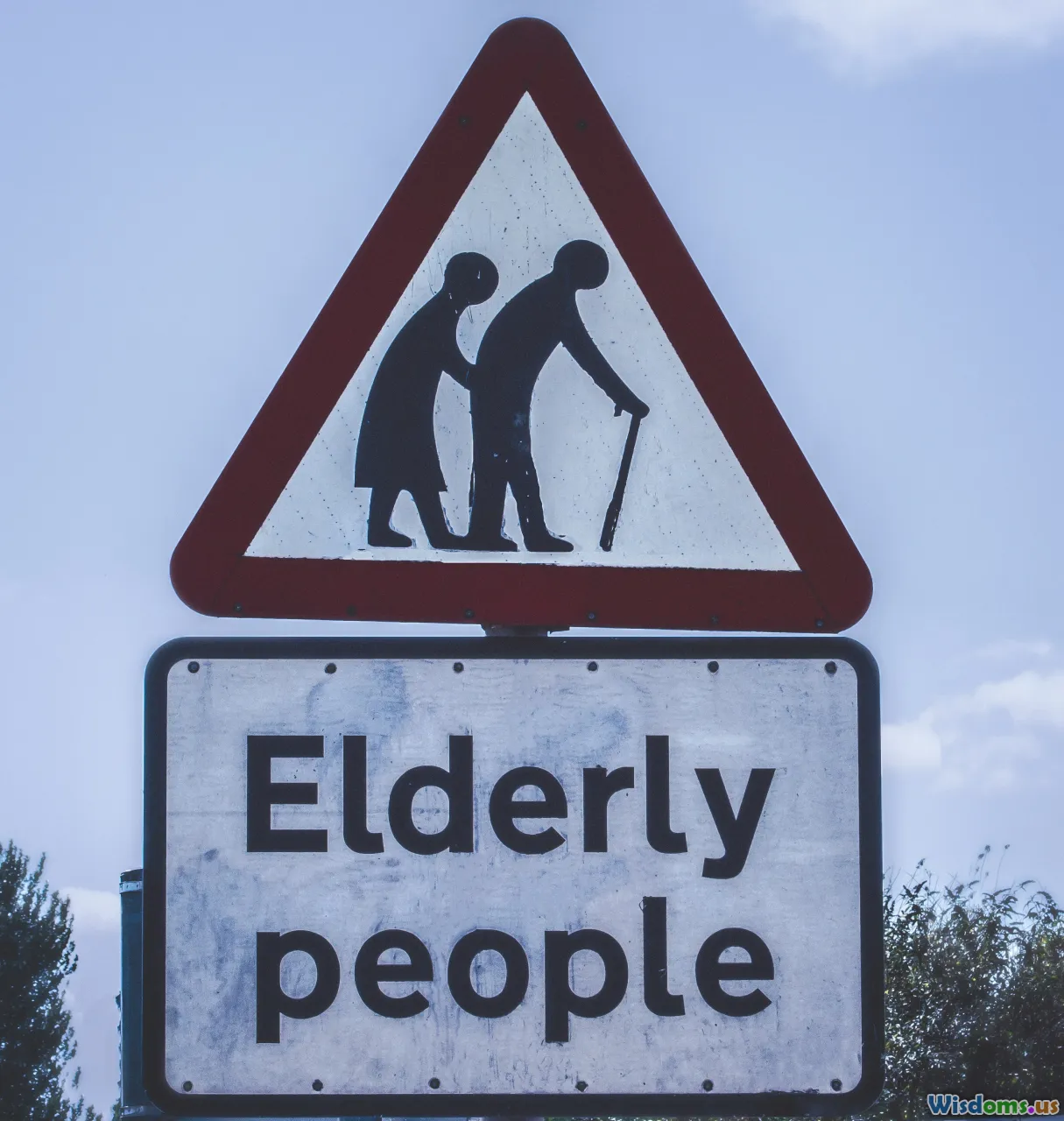
What should twenty-first-century policymakers learn from nineteenth-century workhouses?
- Avoid deterrence as a design principle. Make assistance sufficient to stabilize, not to punish. Support should be high enough to prevent homelessness and hunger, especially for children and the elderly.
- Separate populations by needs. Do not force people with medical or care needs into work requirements. Provide specialized, rights-based services for the disabled, the elderly, and children.
- Cash plus services. Evidence from modern settings shows that direct cash transfers, paired with housing, childcare, and healthcare access, outperform institutional solutions on stability and dignity.
- Housing first. Chronic homelessness declines when people get homes without preconditions; services follow. This reverses the workhouse logic that demanded labor before shelter.
- Invest in public health. Immunizations, clean water, and primary care prevent the disease outbreaks that once raged through workhouses—and now burden emergency rooms and shelters.
- Build grievance and feedback loops. An empowered ombuds office, resident councils, and independent inspectors can surface abuses early.
- Make work pay. Strengthen wage floors, job protections, and training. If the labor market offers decent wages, fewer people face the no-win choice of hunger or the institution.
- Guard against local cost-shifting. Just as parishes once “removed” the poor, modern jurisdictions may try to export costs. National standards and funding guardrails prevent a race to the bottom.
These principles turn the workhouse lesson inside out: design for dignity and capability, not deterrence and minimal outlay.
Myths, Misreadings, and Nuances

- Myth: Workhouses were universally brutal in the same way. Reality: Conditions varied widely. Some Unions improved diets and built competent infirmaries. Variation, however, is not a defense of a harmful architecture.
- Myth: They were welfare hotels for the idle. Reality: Most residents were elderly, sick, or caring for children. Institutional life was austere by design, with limited freedom and enforced labor.
- Myth: Dickens’s Oliver Twist exaggerated. Reality: Literary framing aside, documented scandals—like Andover—show that hunger and neglect were not mere fiction. Investigations and medical reports of the era corroborate systemic problems.
- Myth: The workhouse proved cheaper. Reality: It often shifted costs, especially to public health and future generations. Reforms that separated hospitals from workhouses increased costs but produced better outcomes—value rather than mere savings.
- Nuance: Some reforms sprang from within. Medical officers, nurses, and even some Guardians pressed for humane standards. Late-century changes partly redeemed the medical side of the system.
Nuance is not evasion. The core deterrent premise—care must be worse than the lowest wage—imprinted cruelty into policy and encouraged social disdain for the poor.
A Human Lens: Voices That Didn’t Make the Ledgers

Imagine a day through composite eyes drawn from testimonies of the era.
-
A dockworker’s wife, clutching a child with a hacking cough, stands before a Board of Guardians. Her husband’s job vanished with a shipping downturn. Indoor relief is the only option. She calculates the cost: separation from her husband, a uniform for her child, a bed in a communal ward. She hesitates until the child’s fever rises.
-
An elderly tailor with cataracts stumbles through familiar streets to an unfamiliar gate. The beds are crowded, the ward too hot. He trades stories for bread, teaching a younger man how to cut cloth. He watches his skills become relics, his independence abstract.
-
A boy sent to pick oakum counts fibers like prayers, repeating lessons from the schoolroom: letters, numbers, rules. He waits for an apprenticeship that may never match his curiosity. He learns early that poor children must be quiet to be safe.
-
A nurse in a workhouse infirmary, exasperated by too few bandages and too many patients, tests small improvements: cleaner linen, fresh air, regular washing. Mortality drops in her ward. She knows the institution is wrong for many who live there, but refuses to be indifferent to the lives in front of her.
Statistics flatten these people into rates and counts. The human ledger that matters—the ledger of agency, relationships, and the chance to build a life—rarely balanced in the workhouse’s favor.
So, Did Workhouses Really Help the Poor or Make Things Worse?

They helped when they functioned as last-ditch shelters attached to evolving medical care, and when reformers forced humane standards onto reluctant boards. They helped when a warm bed and simple food in winter meant survival, or when a workhouse infirmary delivered a safe birth. And in time, the medical and administrative infrastructure they seeded became part of modern public services.
But they made things worse whenever policy traded dignity for deterrence, when families were cleaved to protect ledgers, and when the poor were taught that their suffering was a moral corrective. They made things worse by compressing multiple problems—unemployment, illness, old age, orphanhood—into one punitive institution. They made things worse by casting a long cultural shadow in which asking for help signals failure.
The most valuable legacy of the workhouse is not a model to revive but a caution to heed. Social protection should begin with a different premise: that people do better when trusted and supported, that stability outruns stigma, and that the test of a safety net is how it treats those who are least able to jump through hoops. The iron gate is gone, but its logic isn’t. Good policy swings it open—and builds a threshold everyone can cross with their dignity intact.
Rate the Post
User Reviews
Popular Posts













